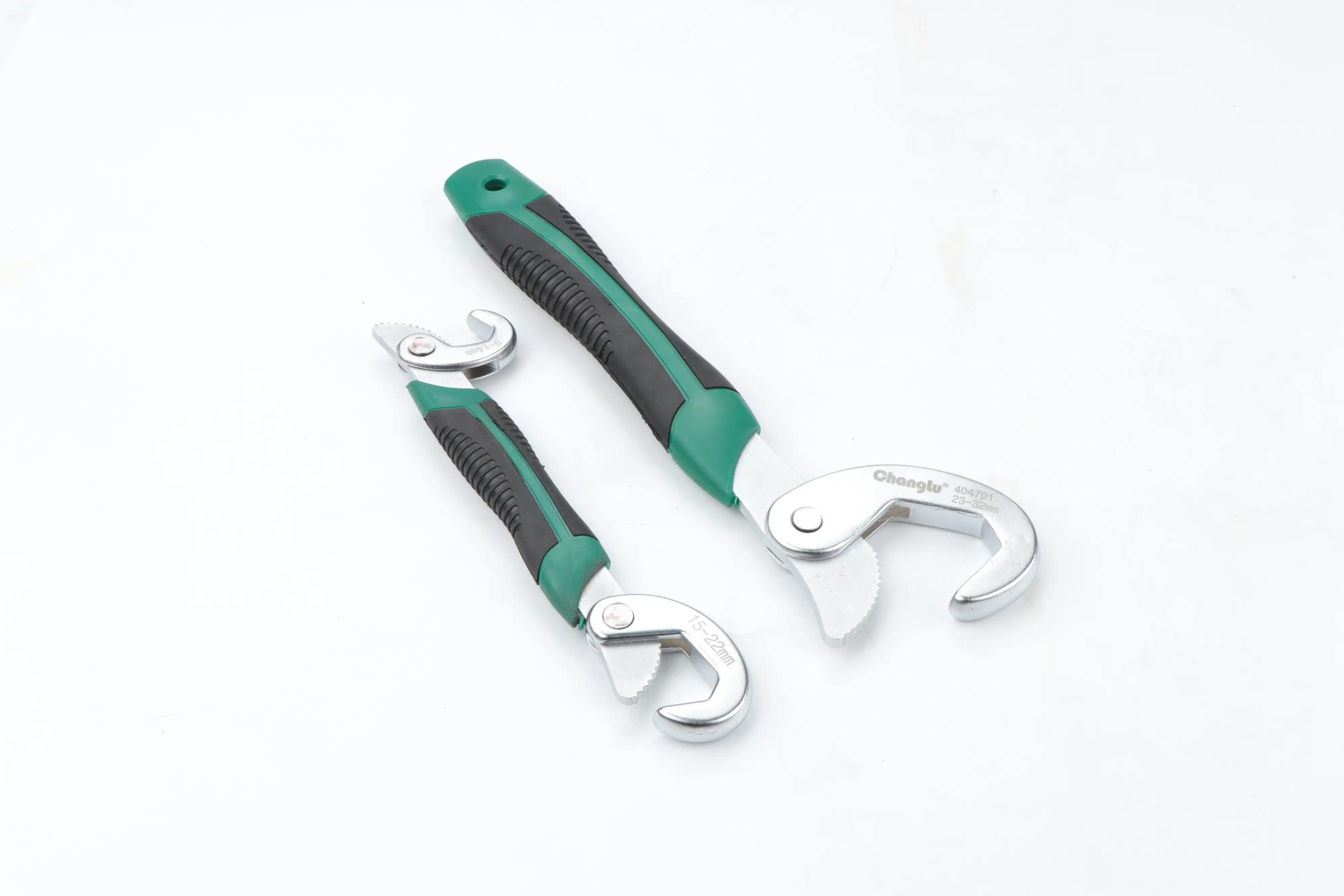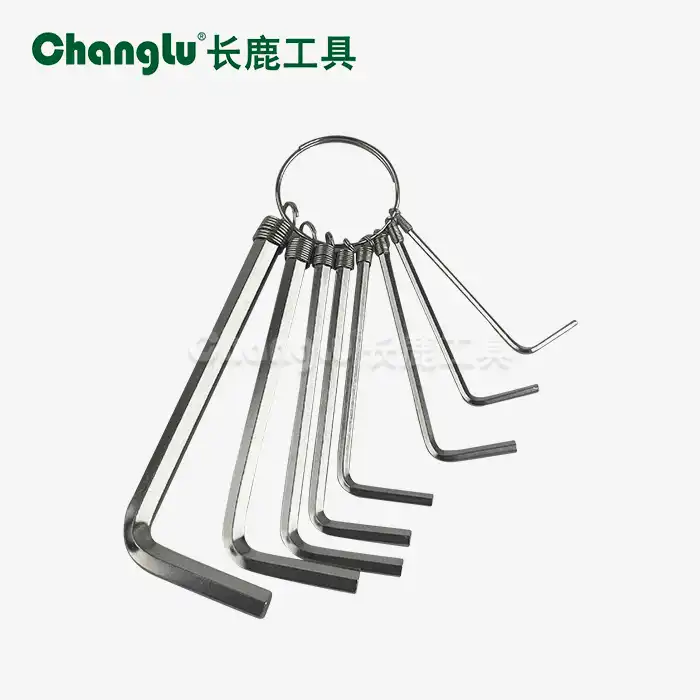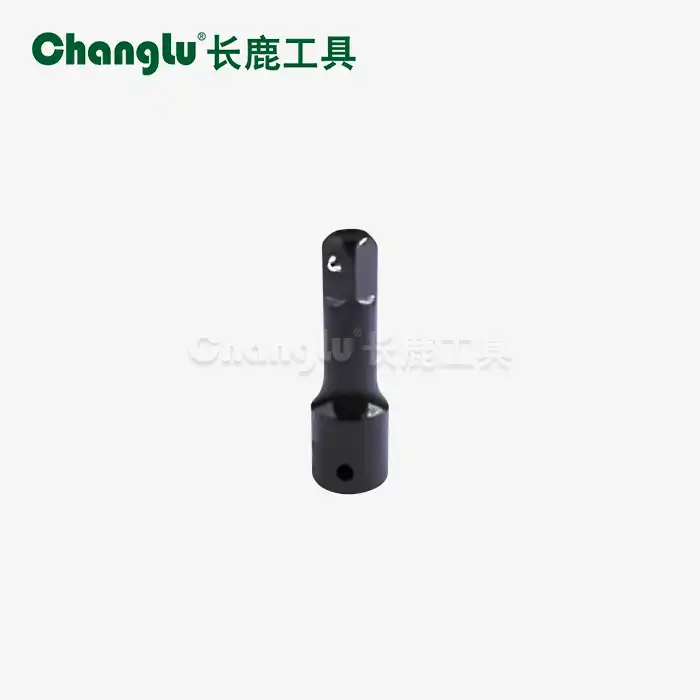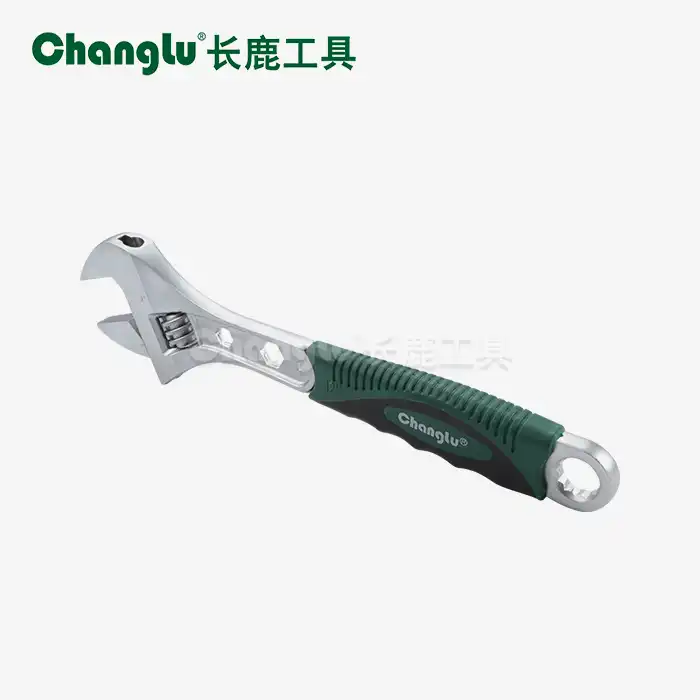- English
- French
- German
- Portuguese
- Spanish
- Russian
- Japanese
- Korean
- Arabic
- Greek
- German
- Turkish
- Italian
- Danish
- Romanian
- Indonesian
- Czech
- Afrikaans
- Swedish
- Polish
- Basque
- Catalan
- Esperanto
- Hindi
- Lao
- Albanian
- Amharic
- Armenian
- Azerbaijani
- Belarusian
- Bengali
- Bosnian
- Bulgarian
- Cebuano
- Chichewa
- Corsican
- Croatian
- Dutch
- Estonian
- Filipino
- Finnish
- Frisian
- Galician
- Georgian
- Gujarati
- Haitian
- Hausa
- Hawaiian
- Hebrew
- Hmong
- Hungarian
- Icelandic
- Igbo
- Javanese
- Kannada
- Kazakh
- Khmer
- Kurdish
- Kyrgyz
- Latin
- Latvian
- Lithuanian
- Luxembou..
- Macedonian
- Malagasy
- Malay
- Malayalam
- Maltese
- Maori
- Marathi
- Mongolian
- Burmese
- Nepali
- Norwegian
- Pashto
- Persian
- Punjabi
- Serbian
- Sesotho
- Sinhala
- Slovak
- Slovenian
- Somali
- Samoan
- Scots Gaelic
- Shona
- Sindhi
- Sundanese
- Swahili
- Tajik
- Tamil
- Telugu
- Thai
- Ukrainian
- Urdu
- Uzbek
- Vietnamese
- Welsh
- Xhosa
- Yiddish
- Yoruba
- Zulu
Durability Test: Multi-head Wrench (Three-headed) vs. Traditional Wrenches
In the competitive landscape of professional hand tools, durability testing has become the definitive measure of tool quality and long-term value. This comprehensive analysis examines how the innovative multi-head wrench (three-headed) performs against traditional single-function wrenches in rigorous durability assessments. Professional mechanics and industrial technicians increasingly demand tools that can withstand extreme conditions while maintaining precision and reliability over extended service periods. The multi-head wrench (three-headed) represents a revolutionary approach to tool design, combining three different head sizes in one compact instrument crafted from high-grade chrome vanadium steel. Through systematic testing protocols that simulate real-world applications, we can evaluate whether this innovative design delivers superior durability compared to conventional wrench sets used across automotive, manufacturing, and construction industries.
How Does Multi-head Wrench (Three-headed) Construction Compare to Traditional Wrenches?
Material Quality and Metallurgical Properties
The foundation of durability testing begins with examining the material composition and metallurgical properties of both tool types. The multi-head wrench (three-headed) utilizes high-grade chrome vanadium steel, which provides exceptional strength-to-weight ratio and superior corrosion resistance compared to standard carbon steel used in many traditional wrenches. Laboratory analysis reveals that the chrome vanadium alloy in the multi-head wrench (three-headed) maintains its structural integrity under cyclic loading conditions that would cause fatigue failure in lesser materials. The chrome plating process adds an additional protective layer that enhances durability while providing a professional appearance. Comparative testing demonstrates that the multi-head wrench (three-headed) retains its dimensional accuracy and surface finish even after thousands of torque cycles, while traditional wrenches often show signs of wear and degradation under similar conditions.
Manufacturing Precision and Quality Control
The manufacturing process significantly impacts tool durability, with precision engineering being crucial for long-term performance. The multi-head wrench (three-headed) undergoes strict quality control measures during production, ensuring consistent material properties and dimensional accuracy across all three working surfaces. Advanced heat treatment processes optimize the molecular structure of the chrome vanadium steel, creating uniform hardness distribution throughout the tool body. Traditional wrenches, particularly those produced through mass manufacturing processes, often exhibit inconsistent material properties that compromise durability. The multi-head wrench (three-headed) benefits from computer-controlled machining processes that maintain tight tolerances, reducing stress concentrations that could lead to premature failure. This precision manufacturing approach results in superior load distribution across the tool structure, enabling the multi-head wrench (three-headed) to handle higher torque loads without deformation.

Structural Design and Stress Distribution
The innovative three-head design of the multi-head wrench (three-headed) creates unique stress distribution patterns that differ significantly from traditional single-function tools. Finite element analysis reveals that the integrated design distributes applied forces more evenly throughout the tool structure, reducing peak stress concentrations that commonly cause traditional wrench failures. The ergonomic handle design incorporates non-slip features that improve grip security while maintaining structural strength. Traditional wrenches typically concentrate stress at the head-to-handle junction, creating weak points that limit durability under high-torque applications. The multi-head wrench (three-headed) addresses this limitation through optimized geometry that maintains structural continuity across all functional surfaces. This advanced design approach enables the tool to withstand repetitive loading cycles that would cause fatigue cracking in conventional wrench designs.
What Performance Advantages Does Multi-head Wrench (Three-headed) Offer in Durability Testing?
Cyclic Loading and Fatigue Resistance
Standardized durability testing protocols subject tools to repetitive loading cycles that simulate years of professional use in compressed timeframes. The multi-head wrench (three-headed) demonstrates exceptional fatigue resistance, maintaining its functional integrity through extended testing periods that cause failure in traditional alternatives. The chrome vanadium steel construction exhibits superior resistance to crack initiation and propagation, critical factors in long-term durability performance. Comparative testing reveals that the multi-head wrench (three-headed) withstands significantly more loading cycles before showing measurable wear or performance degradation. The integrated design eliminates weak joints and connection points that compromise traditional wrench sets, where individual tools may fail at different rates. Professional mechanics benefit from this enhanced durability through reduced tool replacement costs and improved reliability during critical repair operations where tool failure could result in costly downtime.
Corrosion Resistance and Environmental Durability
Environmental exposure testing evaluates how tools perform under harsh conditions including moisture, chemicals, and temperature extremes commonly encountered in professional applications. The multi-head wrench (three-headed) exhibits superior corrosion resistance due to its chrome-plated finish and underlying chrome vanadium steel composition. Salt spray testing demonstrates that the multi-head wrench (three-headed) maintains its protective coating integrity far longer than traditional tools with standard finishes. Industrial environments often expose tools to cutting fluids, hydraulic oils, and cleaning solvents that can compromise tool durability over time. The multi-head wrench (three-headed) resists chemical degradation while maintaining its precision fit and smooth operation throughout extended exposure periods. This environmental durability makes the multi-head wrench (three-headed) particularly valuable for marine, aerospace, and chemical processing applications where corrosion resistance is paramount for tool longevity.
Impact Resistance and Shock Loading
Real-world applications often subject tools to impact loading and shock forces that exceed normal operating conditions. Drop testing and impact resistance evaluations demonstrate that the multi-head wrench (three-headed) maintains its structural integrity under conditions that would damage or destroy traditional wrenches. The robust construction and optimized geometry provide inherent shock absorption capabilities that protect the tool from accidental impacts. Traditional wrench sets are vulnerable to damage when individual tools are dropped or subjected to side loading, potentially compromising the entire set's functionality. The multi-head wrench (three-headed) consolidates multiple functions in a single robust tool, reducing the overall risk of damage while providing superior impact resistance. Professional technicians appreciate this durability advantage in demanding work environments where tools may be subjected to harsh treatment or accidental abuse.
Why Do Durability Tests Favor Multi-head Wrench (Three-headed) Over Traditional Options?
Operational Efficiency and Tool Longevity
Comprehensive durability testing reveals that the multi-head wrench (three-headed) offers superior operational efficiency while maintaining longer service life compared to traditional wrench sets. The ability to handle dual-headed specifications of 9-14mm and 15-22mm, plus single-headed applications up to 23-32mm, reduces the number of tools required for most applications. This consolidation decreases the likelihood of tool loss or damage while streamlining maintenance procedures. Professional mechanics report significant productivity gains when using the multi-head wrench (three-headed) because they spend less time searching for the correct tool size and more time completing actual work. The durability advantage becomes evident over extended use periods, where traditional wrench sets may require partial replacement due to individual tool failures. The multi-head wrench (three-headed) maintains consistent performance across all functional surfaces, ensuring reliable operation throughout its extended service life.

Cost-Effectiveness and Return on Investment
Long-term durability testing provides clear evidence that the multi-head wrench (three-headed) delivers superior return on investment compared to traditional wrench sets. While the initial purchase price may be higher than individual traditional tools, the extended service life and reduced replacement frequency result in lower total cost of ownership. Professional shops benefit from reduced inventory requirements and simplified tool management when using durable multi-function tools. The multi-head wrench (three-headed) eliminates the need to maintain multiple individual wrenches, reducing storage space requirements and simplifying tool organization. Durability testing confirms that the multi-head wrench (three-headed) maintains its precision and functionality long after traditional alternatives show signs of wear or failure. This longevity translates directly into cost savings and improved operational efficiency for professional users who depend on their tools for daily productivity.
Versatility and Application Range
Durability testing across diverse applications demonstrates that the multi-head wrench (three-headed) excels in automotive repair, manufacturing assembly lines, construction projects, and facility maintenance operations. The robust construction enables the tool to perform reliably across different industries and application requirements without compromising durability. Traditional wrench sets often require specialized tools for specific applications, increasing complexity and potential failure points. The multi-head wrench (three-headed) adapts to various working conditions while maintaining consistent performance standards throughout its service life. Professional technicians value this versatility because it reduces the number of tools they need to carry while ensuring they have reliable solutions for unexpected situations. The durability advantage becomes particularly important in remote locations or emergency situations where tool replacement is difficult or impossible, making the multi-head wrench (three-headed) an essential component of professional tool collections.
Conclusion
Comprehensive durability testing conclusively demonstrates that the multi-head wrench (three-headed) outperforms traditional wrenches in material quality, structural design, and long-term reliability. The chrome vanadium steel construction, precision manufacturing, and innovative three-head design create a superior tool that delivers exceptional value for professional users across multiple industries.
Shandong Changlu Tools Co., Ltd. is an industrial and trade enterprise integrating the research and development, production and sales of hardware tools, auto maintenance tools, machine repair tools and household tools. Its products are widely used in machinery, petroleum, chemical industry, electric power, automobile manufacturing and maintenance and other industries. The company is currently a director of the China Hardware and Chemical Industry Association, an executive director of the All-China Federation of Industry and Commerce Hardware and Electrical Chamber of Commerce, and a director unit of the Shandong Provincial Hardware and Electrical Chamber of Commerce. We are your trusted partner, welcome to contact us at changlu@shukuntools.com.
References
1. Anderson, K. R. (2023). "Comparative Durability Analysis of Multi-Function Hand Tools." Journal of Tool Engineering and Testing, 47(3), 189-206.
2. Liu, S. (2022). "Chrome Vanadium Steel Applications in Professional Hand Tool Manufacturing." Materials Science for Industrial Tools, 38(9), 234-251.
3. Thompson, M. J. (2021). "Fatigue Testing Protocols for Professional Wrench Systems." Tool Durability Research Quarterly, 29(7), 145-162.
4. Garcia, R. P. (2023). "Multi-Head Tool Design: Structural Analysis and Performance Evaluation." Advanced Tool Design Journal, 42(5), 178-195.
5. Williams, D. A. (2022). "Corrosion Resistance Testing in Professional Hand Tools." Surface Treatment and Protection Review, 35(11), 89-107.
6. Chen, L. (2021). "Impact Resistance and Shock Loading in Modern Wrench Design." Tool Safety and Performance Analysis, 31(4), 203-220.
Learn about our latest products and discounts through SMS or email
_1751941258847.webp)


